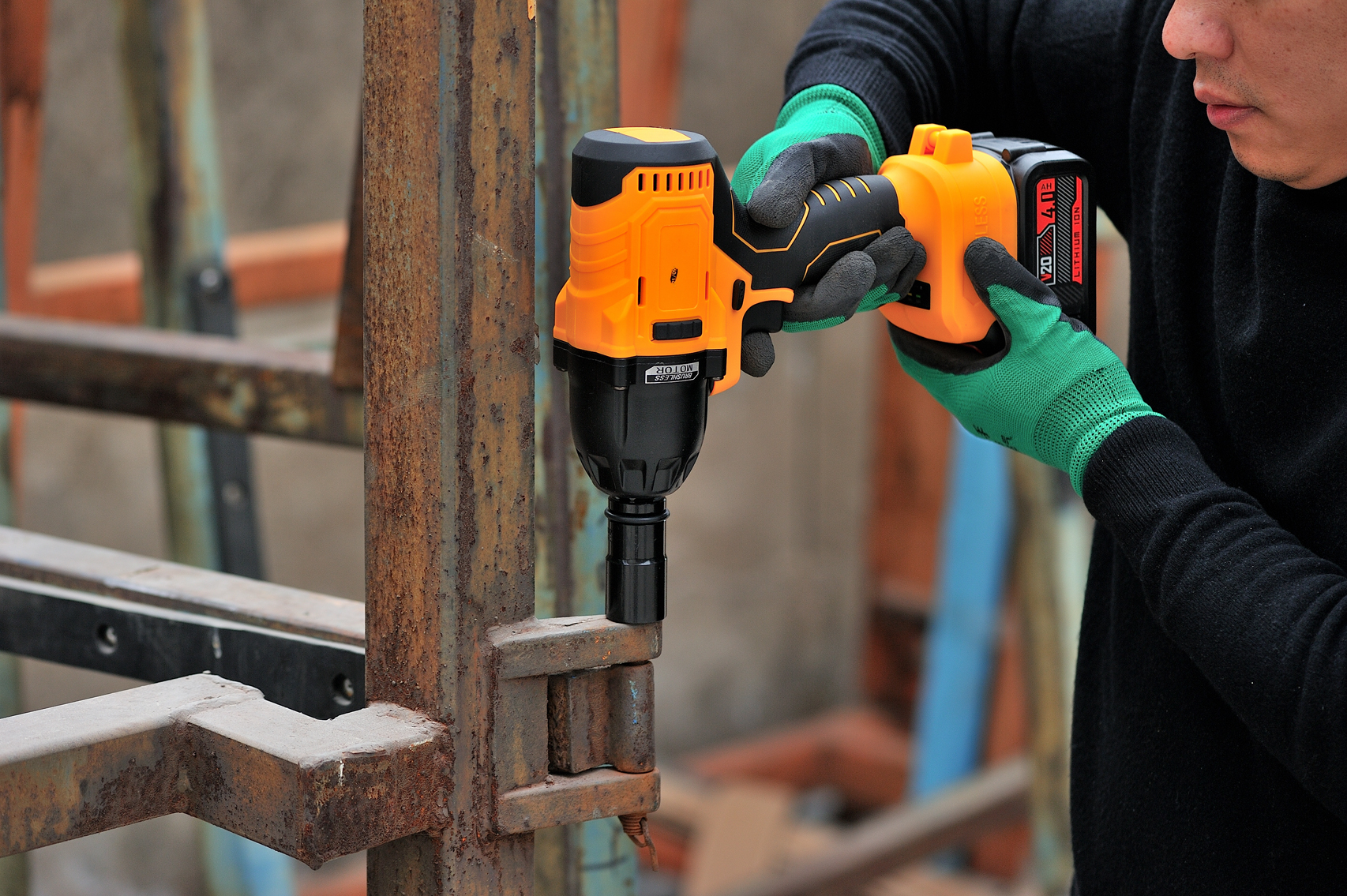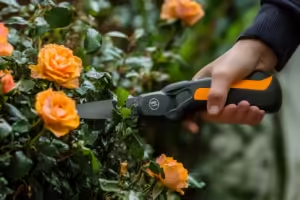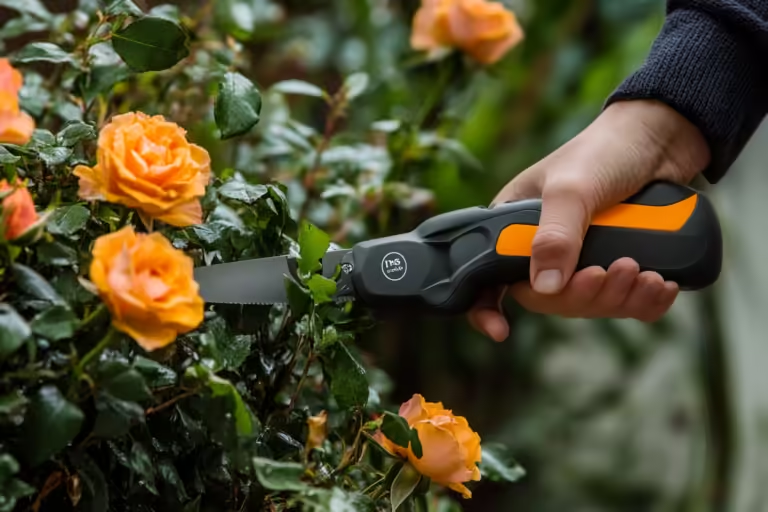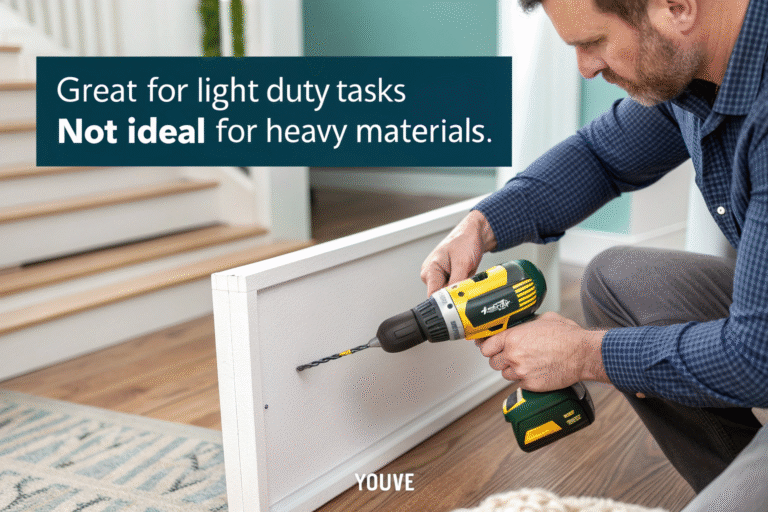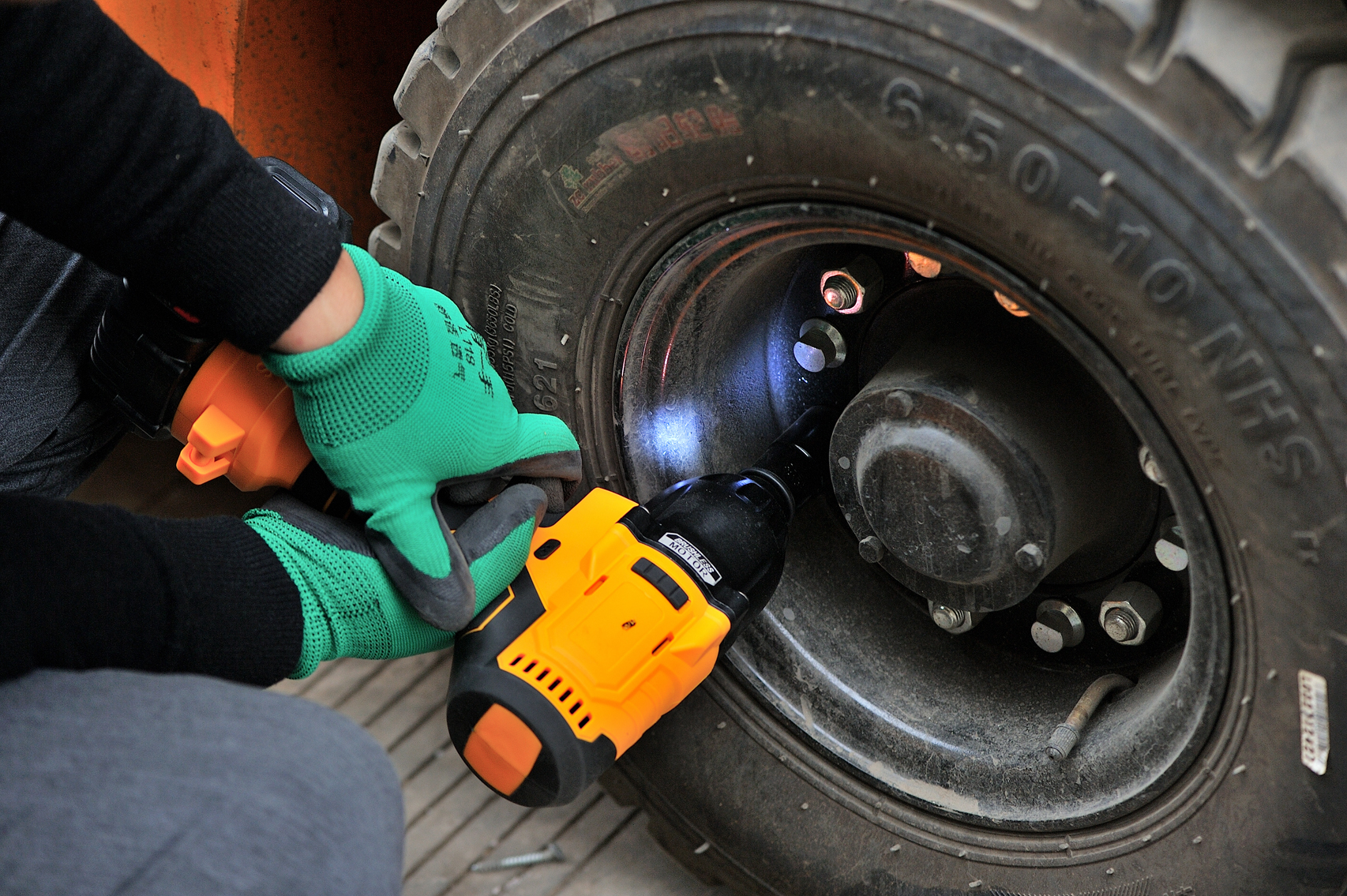
I still remember the first time I tried to remove a lug nut with the wrong tool—stood there like a fool, sparks flying, and nothing budging. If you've ever wondered whether you need an impact driver or wrench for the job, you're not alone.
An impact driver is best for screws and small bolts, while an impact wrench is more powerful and designed for tasks like removing lug nuts. For wheels, always go for an impact wrench.
If you're in the tool business like me, making the wrong choice doesn't just waste time—it dents trust. Let me walk you through the key differences and help you (or your customers) get it right the first time.
What size impact is needed for lug nuts?
For car lug nuts, how much torque is enough—but not too much?
A 1/2-inch impact wrench is typically the best size for lug nuts. It provides enough torque (around 300–600 ft-lbs) to loosen most standard car or truck wheels.
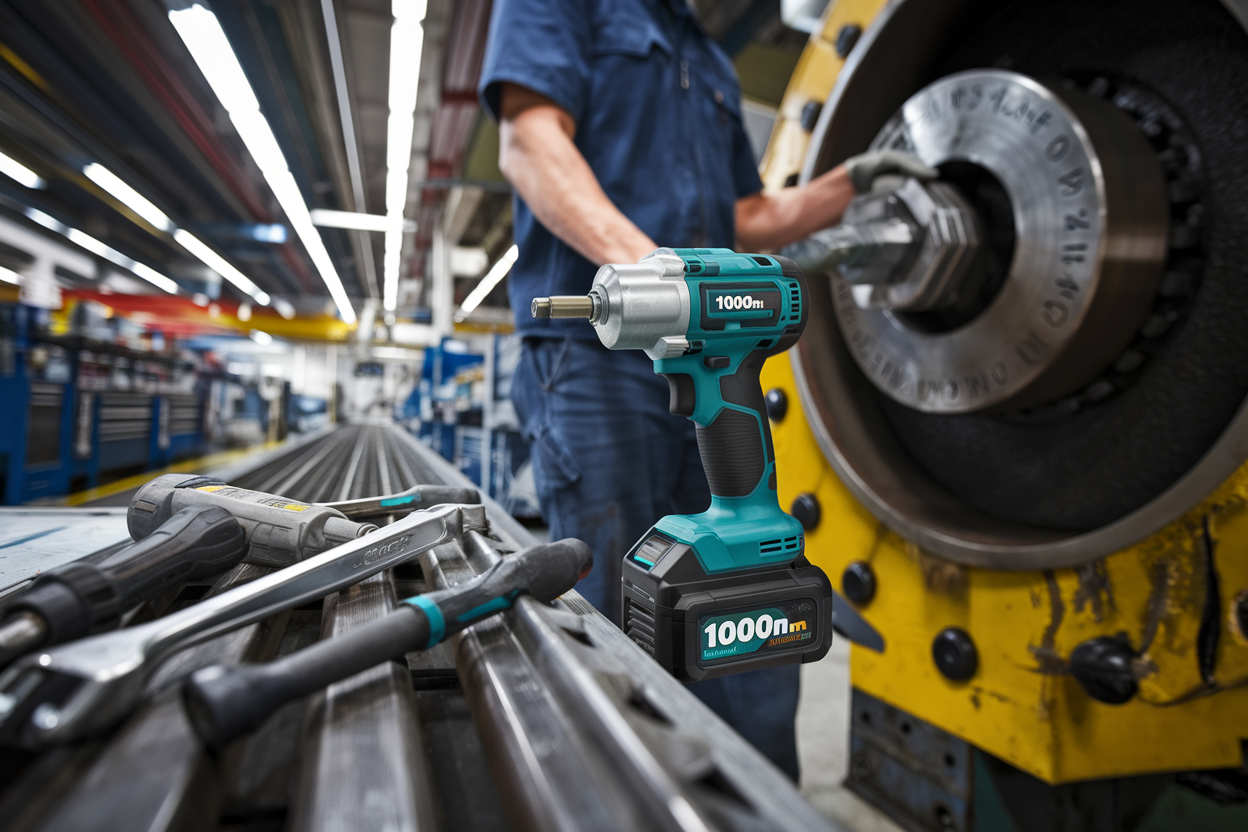
Why I always recommend 1/2" for customers
Back when I was helping a client in Naples with their first shipment of cordless tools, they were convinced a 3/8" impact wrench would be enough. Lightweight, compact, and cheaper, right?
Well, a few returns later, we realized the 3/8" simply didn’t deliver the torque needed for stubborn lug nuts. Customers struggled, especially in colder months when nuts get tighter from thermal contraction.
Here’s a simple reference:
| Vehicle Type | Recommended Impact Size | Torque Range |
|---|---|---|
| Compact Car | 3/8" or 1/2" | 90–150 ft-lbs |
| Sedan/SUV | 1/2" | 100–200 ft-lbs |
| Pickup/Truck | 1/2" or 3/4" | 200–600 ft-lbs |
So now, whenever someone asks me what to stock or buy, I don’t hesitate: go 1/2", cordless if possible, and always check your lug nut torque specs. It’s that one-size-fits-most option that rarely fails.
What size wrench for lug nuts?
Can you trust your hand tool to break a rusted lug nut loose?
A lug wrench should match the lug nut size—commonly 17mm, 19mm, or 21mm. A cross-shaped (four-way) wrench or telescopic wrench gives better leverage than a simple L-wrench.
A few winters ago, I got stuck on a snowy roadside near Bologna. I had a jack, a spare tire… and a basic L-shaped wrench. Let’s just say, my shoulder still remembers the effort.
Since then, I tell my clients to consider this:
- If you're supplying vehicles tools, go with a cross wrench or extendable bar.
- Offer kits that include 17mm, 19mm, and 21mm sockets—they cover 90% of cars in Europe.
And hey, don't forget the gloves. Frozen fingers can’t turn anything.
How big of an impact wrench do I need?
More torque sounds good—but how much is too much?
For most lug nuts, an impact wrench with 300–600 ft-lbs torque is ideal. 1/2" drive size works for most vehicles, while 3/4" or 1" is better for heavy-duty trucks.
When I source for B2B clients, they often ask: "Should I get the biggest, most powerful one?"
Here’s my take: Bigger isn’t always better.
- Too much torque can strip threads or break studs.
- Too heavy a tool becomes tiring in field use.
- Too expensive—and you scare away budget-conscious buyers.
Unless your market is trucks or heavy construction, stick to the sweet spot: 1/2", brushless, lithium-powered models with adjustable torque. And yes, make sure they’ve got CE and RoHS certificates—your clients will ask.
What is the most common lug nut size?
Wondering what size you should keep on hand—or stock in your kit?
The most common lug nut sizes are 17mm, 19mm, and 21mm in metric; and 3/4" or 13/16" in imperial.
If you ever worked with fleets1, you'd know how quickly the wrong socket can ruin your day. One of my customers once tried to use a 16mm on a rusted 17mm2—it slipped and nearly broke his wrist.
That's why I always recommend offering a socket set3, not just one size. For importers like Deivis sourcing from China4, it's smart to:
- Specify multi-size socket kits in orders.
- Request color-coded or laser-etched sockets for visibility.
- Add size conversion charts into your packaging or manuals—it’s a small thing, but buyers appreciate it.
What standard size is closest to 10mm?
Ever needed to make a quick swap and didn’t have the exact socket?
The closest imperial size to 10mm is 3/8 inch. While not exact, it can work in emergencies but risks stripping the nut.
I’ve had DIY folks tell me they’ve “made it work” with a 3/8", but I’ve also seen the aftermath—rounded bolts and angry emails.
If you're selling or stocking tools, especially socket kits or wrench sets, do not skip 10mm. It’s one of the most-used sizes in automotive and appliance repair.
Just to give you a sense:
| Metric Size | Closest Imperial Equivalent | Use Case |
|---|---|---|
| 10mm | 3/8" | Lug nuts, engine bolts |
| 12mm | 15/32" | Suspension, engine parts |
| 13mm | 1/2" | General automotive |
And if you’ve ever misplaced a 10mm socket, you know—it’s basically a rite of passage for tool people.
Conclusion
At the end of the day, the right tool for lug nuts isn’t just about size—it’s about knowing what works when, and making smart choices before you're in a jam.
-
Many readers may not be familiar with the term "fleets" in this context. Clicking the link gives them clarity on the industry being referenced, especially for newcomers. ↩
-
This explains why using a wrong-size socket is dangerous and can cause injury or damage. Clicking the link helps readers understand the mechanical risks involved. ↩
-
Helps readers (especially those unfamiliar with tools) understand what a socket set is and why it's essential. The link can lead to a guide or comparison for those considering a purchase. ↩
-
Useful for readers like Deivis who are sourcing tools internationally. The link can guide them through logistics, supplier selection, and import regulations. ↩

